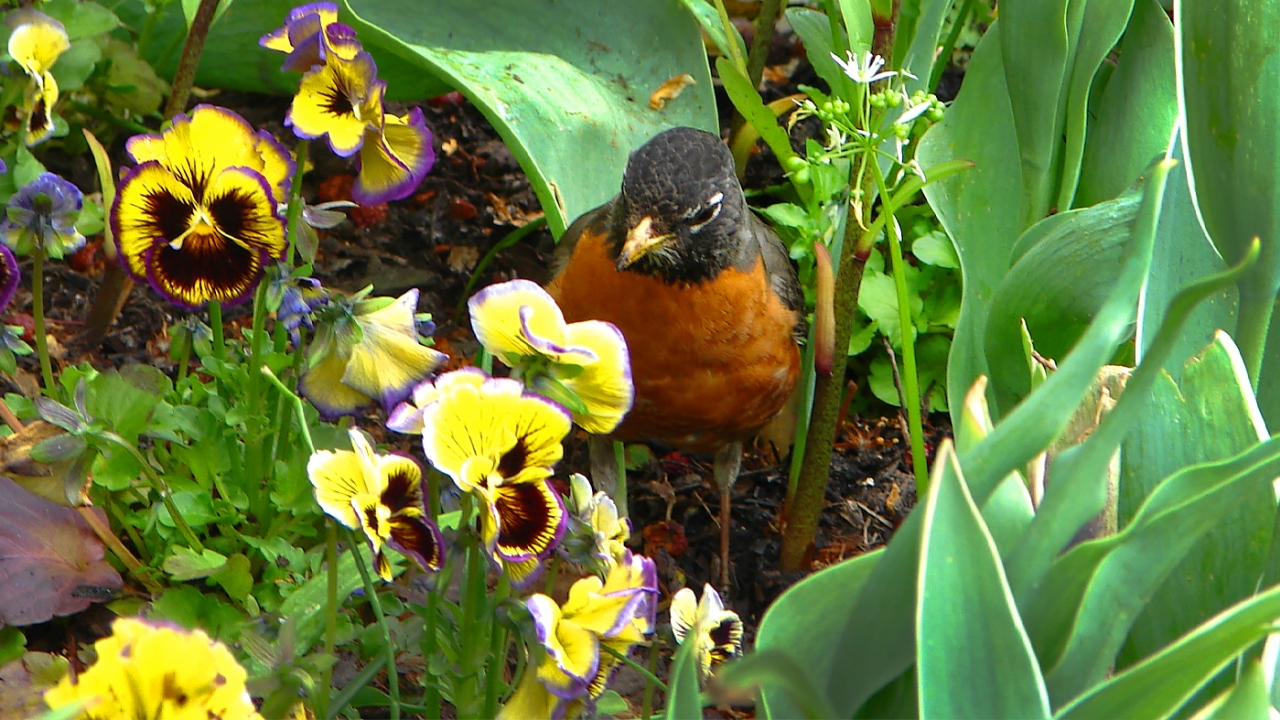

Gardening for the Birds
“There is symbolic as well as actual beauty in the migration of the birds, the ebb and flow of the tides, the folded bud ready for the spring. There is something infinitely healing in the repeated refrains of nature—the assurance that dawn comes after night, and spring after the winter.”
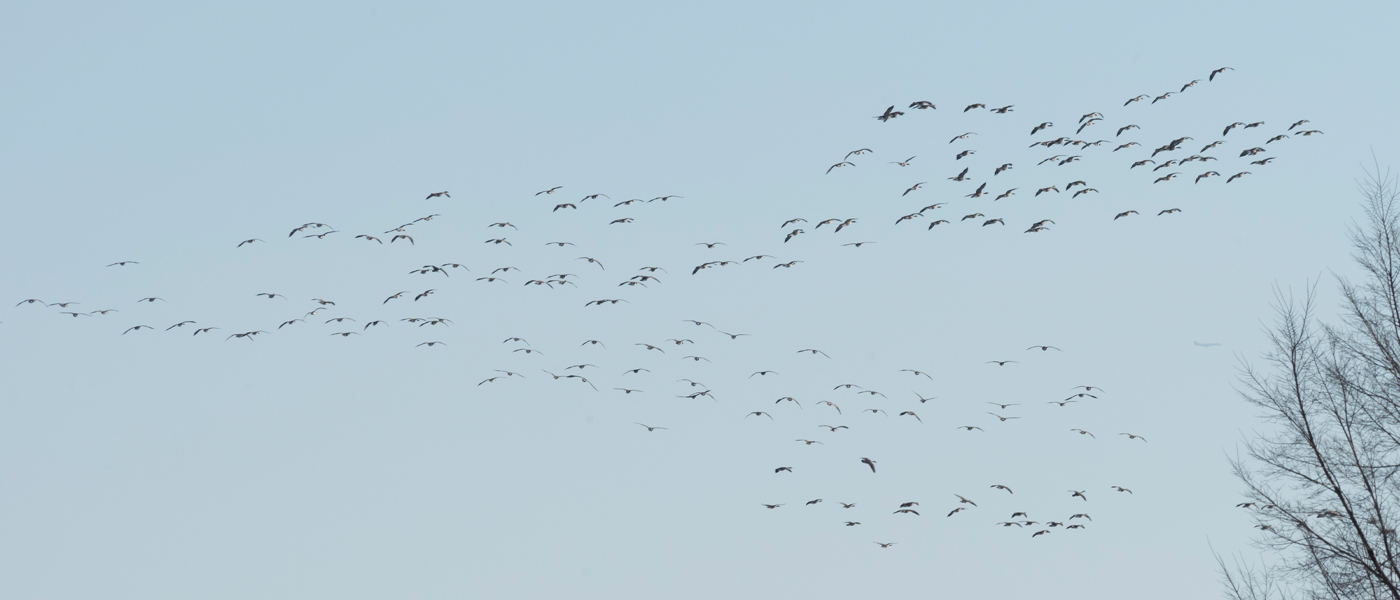
Rachel Carson, “The Sense of Wonder”
Across the country millions of birds are winging their way north, searching for nesting grounds and food along the way. It’s the Great Spring Migration. Whether in your garden, in a park or while on a walk, you’re likely to spot some of the colorful migrants on the ground, in the bushes, and in the tree tops as they search for insects. They’re hungry after a night of flying many miles. The Chicago area is a part of the Mississippi Flyway—one of the major routes for migratory birds. They can be enjoyed each spring at the Garden—from the woodlands and the prairie to the many display gardens and in the wetlands.
Their melodious courtship calls—twitters, peeps, trills and cascading notes—often serve as nature’s alarm clock before the sun rises. Those spring songs are repeated at dusk before the birds begin another night’s journey. While some of them will stay in the area to nest, many others venture up to Canada.
Bright colored warblers, bluebirds and orioles, along with kinglets, thrushes, nighthawks, woodpeckers, swallows, scarlet tanagers, flycatchers, herons, and woodcocks are just a few of the winged wonders found traveling the midwest right now. From thumb-sized ruby-throated hummingbirds and house wrens to giant sandhill cranes and trumpeter swans—they’re all on the move. And white pelicans! They stop at sloughs and ponds before heading to northern Wisconsin and beyond where they’ll spend the summer raising a brood.
Some of our temporary visitors are neotropical migrants—birds that spend the winters in Mexico, Central America, South America, and the Caribbean Islands—places where insects are available year-round. But, for thousands of years they’ve migrated north each spring to find suitable nesting sites before returning south in autumn. In all, migratory birds may fly anywhere from a few hundred miles to as much as 10,000 miles or more. And they do this twice a year!
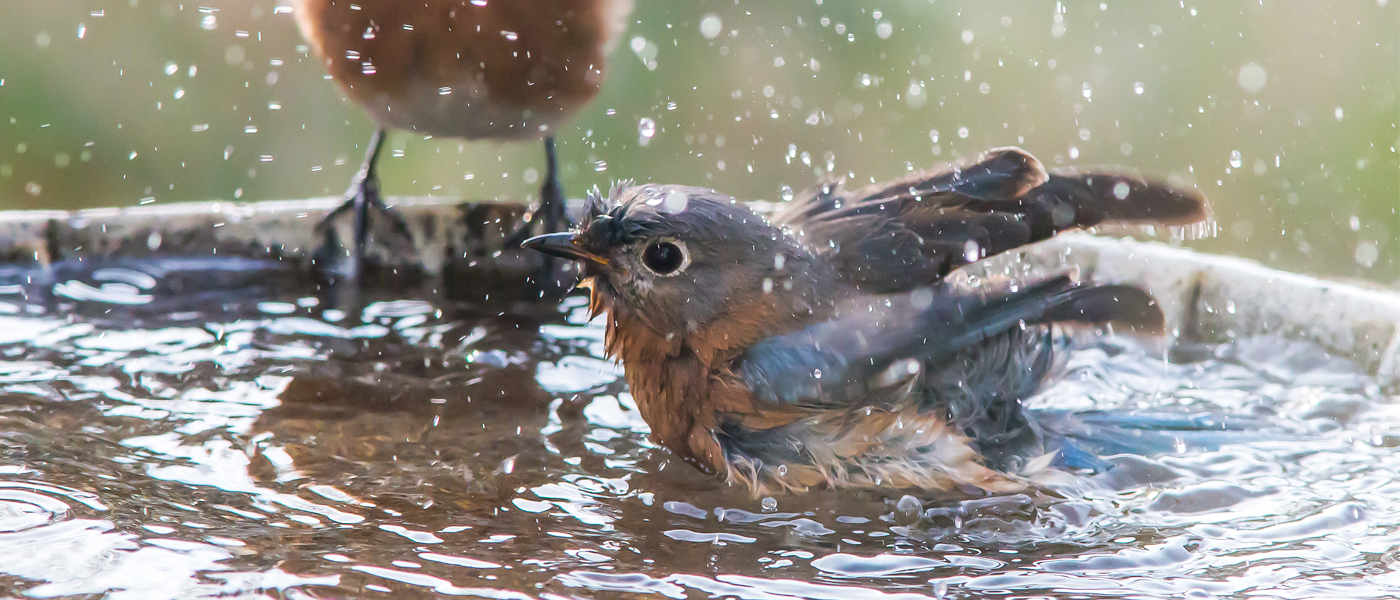
Bird-friendly Gardens
Make your garden an inviting sanctuary for those weary feathered travelers in search of insects, seeds and water, as well as for those who make their summer homes here. It’s as simple as offering food, water and shelter.
While the occasional spring rain creates some puddles, birds need access to water every single day. Choose a birdbath with a shallow bowl and place it near a window where you can enjoy their antics. If the bowl is more than three inches deep, small songbirds will only perch on the edge or not at all. In that case, place a large flat stone in the center for perching. Larger birds will splash around, cleaning their feathers, so scrub the bowl weekly and refill it regularly.
By May, the seed heads standing in natural areas and gardens are often depleted. For seed-eating birds like chickadees and juncoes, choose an easy to clean bird feeder. Many birds are attracted to sunflower seeds, millet, thistle, cracked corn, unsalted peanuts and dried fruit. Suet cakes (blocks of rendered beef fat) attract woodpeckers and many others. Wash the feeders occasionally with soap and water, and let them dry before adding fresh seed or suet.
Bird feeders placed at different heights will attract different birds. Some birds like juncos and sparrows often feed on the ground. Woodpeckers, titmice, nuthatches and chickadees tend to prefer feeders that are 4 to 6 feet off the ground. If neighboring cats roam your garden, don’t place seed on the ground.
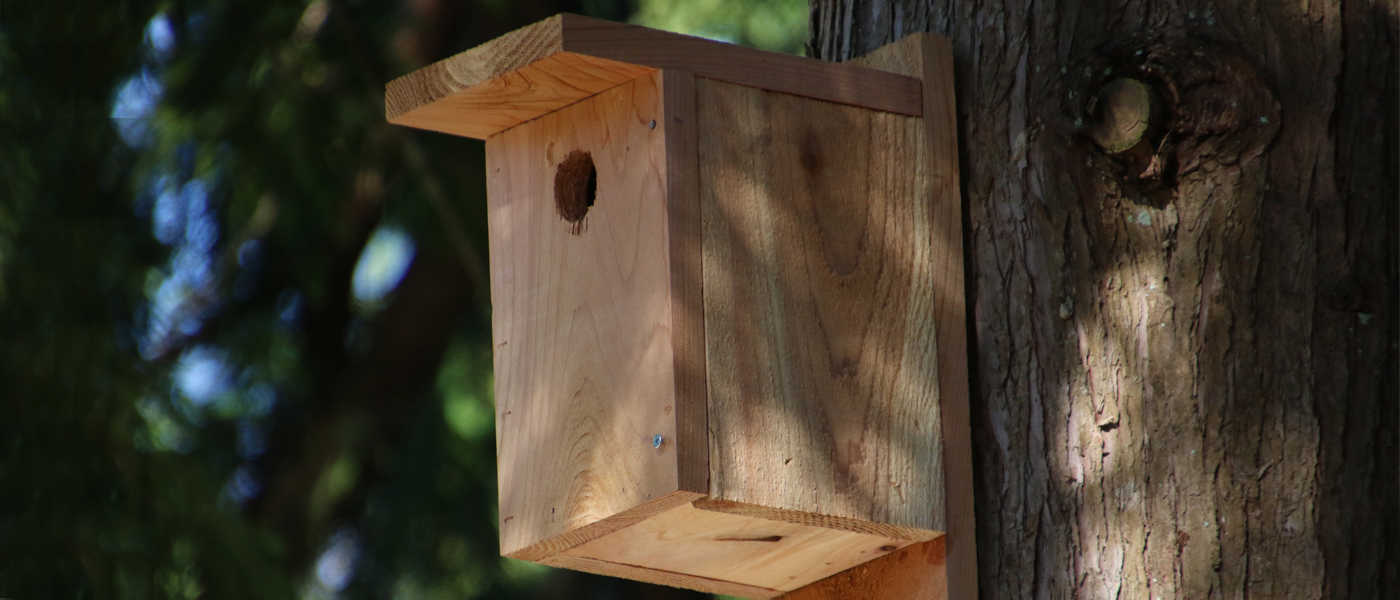
Offer a Bird Condo
A birdhouse can attract house wrens, chickadees, sparrows and other cavity-nesting birds. Choose boxes made of cedar or other untreated wood. And avoid metal nest boxes that heat up especially in direct sun. Some nesting boxes have a door that allows you to remove the nest once the birds leave. Give the box a good scrub and let it dry. Birdhouses can remain in place all year long and they offer some protection during winter.
Some birds prefer to build a nest in an evergreen. Arborvitae, junipers, yews, spruces and pines with dense branches provide cover from predators and bad weather. The seed-bearing cones of spruces and the fleshy, pale blue berries on Eastern red cedar are an edible bonus.
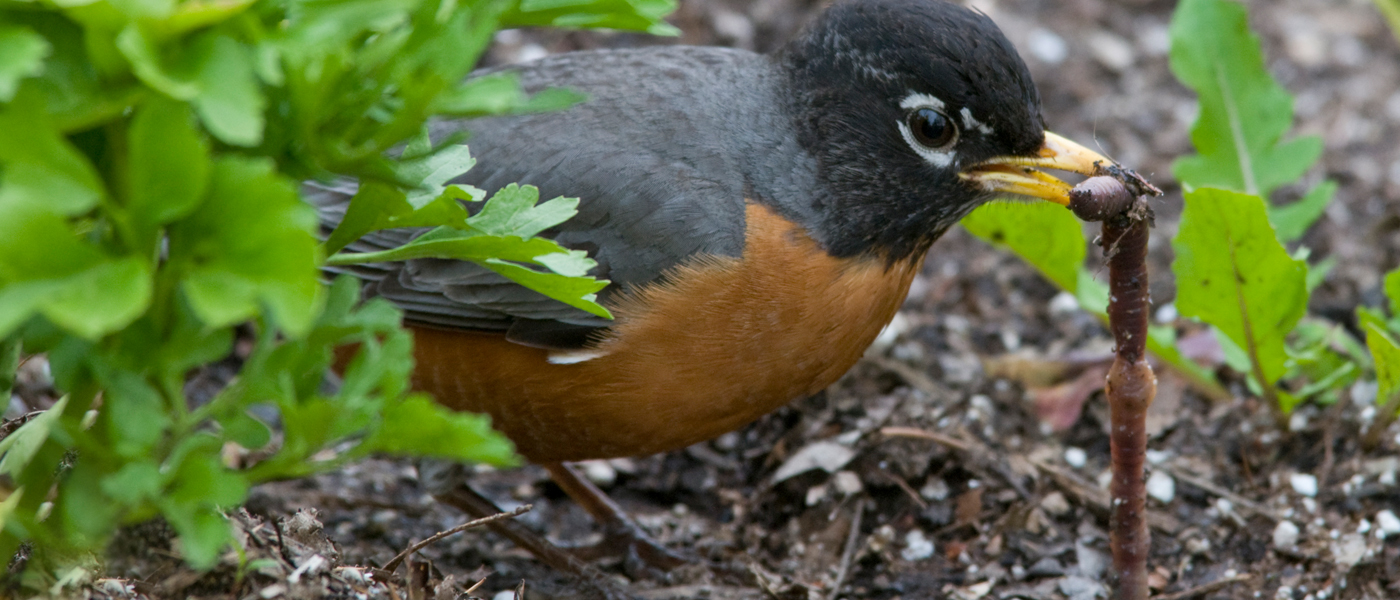
Planting for Birds
While some species, like cedar waxwings, feed on berries, they also catch insects in summer for their nestlings. Many native perennials, shrubs and trees host insects these birds rely upon. Our native oak trees support more than 500 species of caterpillars that adult birds seek for their young. It can take more than 6,000 caterpillars to raise one brood of chickadees. The damage caterpillars do is usually minor and not noticeable. However, when insecticides are used, they wipe out an important food source for many baby birds.
Some birds prefer insects, spiders and worms. Others eat flying insects attracted to flowers, especially on native trees and shrubs. Some will eat the emerging flower buds on trees and bushes. Others like robins and fox sparrows will kick up leaves in the shade garden in search of insect eggs or grubs. Hummingbirds will be looking for spring wildflowers like columbine, Virginia bluebells and woodland phlox where they can sip nectar.
Native viburnums, spicebush, chokeberry, and elderberry are shrubs that provide lovely flowers and fall berries for migrating birds. Coneflowers, black-eyed Susans, asters, Illinois rose, liatris and many other prairie and woodland native perennials make excellent additions to a garden—and they’re a veritable bird buffet.
Nina Koziol is a garden writer and horticulturist who lives and gardens in Palos Park, Illinois.

